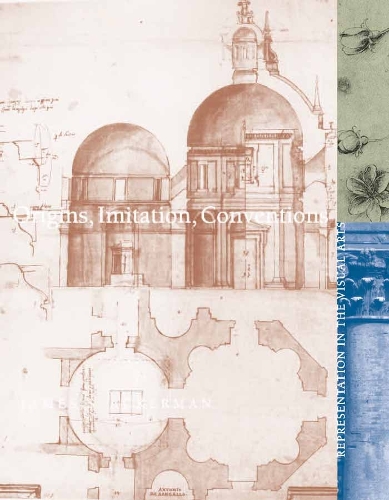
Origins, Imitation, Conventions: Representation in the Visual Arts
(Hardback)
Publishing Details
Origins, Imitation, Conventions: Representation in the Visual Arts
By (Author) James S. Ackerman
MIT Press Ltd
MIT Press
29th March 2002
United States
Classifications
General
Non Fiction
700.1
Physical Properties
Hardback
342
Width 178mm, Height 229mm, Spine 38mm
921g
Description
This collection contains studies written by art historian James Ackerman during the 1990s. Whereas Ackerman's earlier work assumed a development of the arts as they responded to social, economic, political, and cultural change, his recent work reflects the poststructural critique of the presumption of progress that characterized Renaissance and modernist history and criticism. In this book he explores the tension between the authority of the past-which may act not only as a restraint but as a challenge and stimulus-and the potentially liberating gift of invention. He examines the ways in which artists and writers on art have related to ancestors and to established modes of representation, as well as to contemporary experiences. The "origins" studied here include the earliest art history and criticism; the beginnings of architectural drawing in the Middle Ages and Renaissance; Leonardo Da Vinci's sketches for churches, the first in the Renaissance to propose supporting domes on sculpted walls and piers; and the first architectural photographs. "Imitation" refers to artistic achievements that in part depended on the imitation of forms established in practices outside the fine arts, such as ancient Roman rhetoric and print media. "Conventions," like language, facilitate communication between the artist and viewer, but are both more universal (understood across cultures) and more fixed (resisting variation that might diminish their clarity). The three categories are closely linked throughout the book, as most acts of representation partake to some degree of all three.
Author Bio
James S. Ackerman, Arthur Kingsley Porter Professor of Fine Arts Emeritus at Harvard University, is the author of books on Michelangelo's architecture, Palladio, and the villa.
